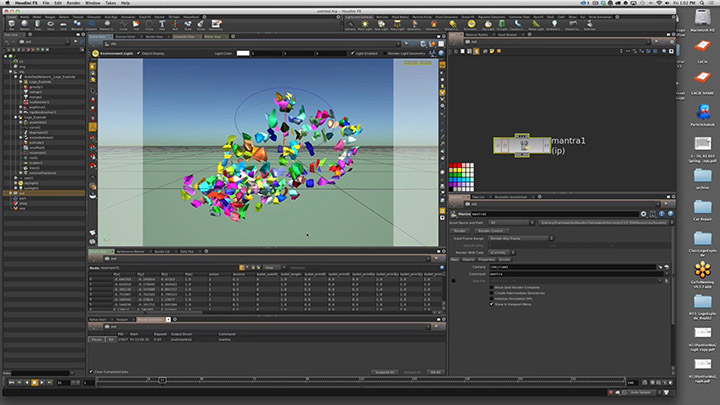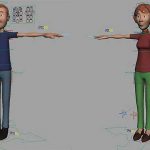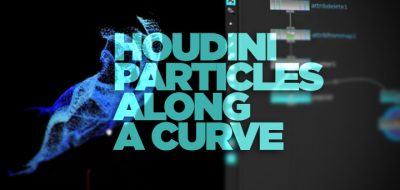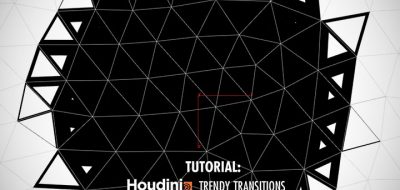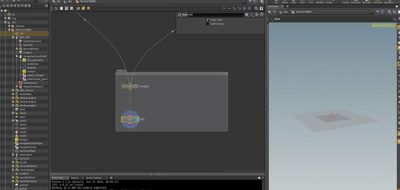Ari Denish has a look at using Houdini Particles for Motion Graphics, using Rigid Body Dynamics and Packed Primitives as tools for creating a motion graphics workflow pipeline. Ari demonstrates how to create a particle logo explode in this two part series.
In this two part workshop we will be discussing H13 Particles, RBDs, and Packed Primitive Workflows
Using Houdini for particles for motion graphics work can be different than other applications due to the fact that Houdini Particles are part of DOPs. Artist may find that they are required to use a new type of workflow that they might not be used to.
Ari shows putting together the scene using Houdini 13 methodology, first showing how to build a 3D logo and pre-fracturing it using Voronoi fracturing and converting the asset into a Packed Primitive. Ari shows how to create a DOPNetwork for the Fractured “Chunks” that will get advected by Houdini 13’s Particle Forces.
Packed primitives in Houdini allow you treat a piece of geometry as a single custom “primitive”. Packed primitives typically are much faster to work with and are much more memory efficient.
The second video in the series covers creating Particle Stream emitters that can be based on expressions and HScript. They will be able to calculate the primitives on the parts of the model that face the opposite direction of the camera. This will also include the surface area of each model piece as well as all the parts’ velocity.
A Second DOP Network will be created for the particle simulation. Once the particle stream is generated we will add a RBD for the particles to collide with the original “chunks.” Finally, we learn how to use the Name SOP and Packed Edit SOP to assign materials to the Packed Primitives.

